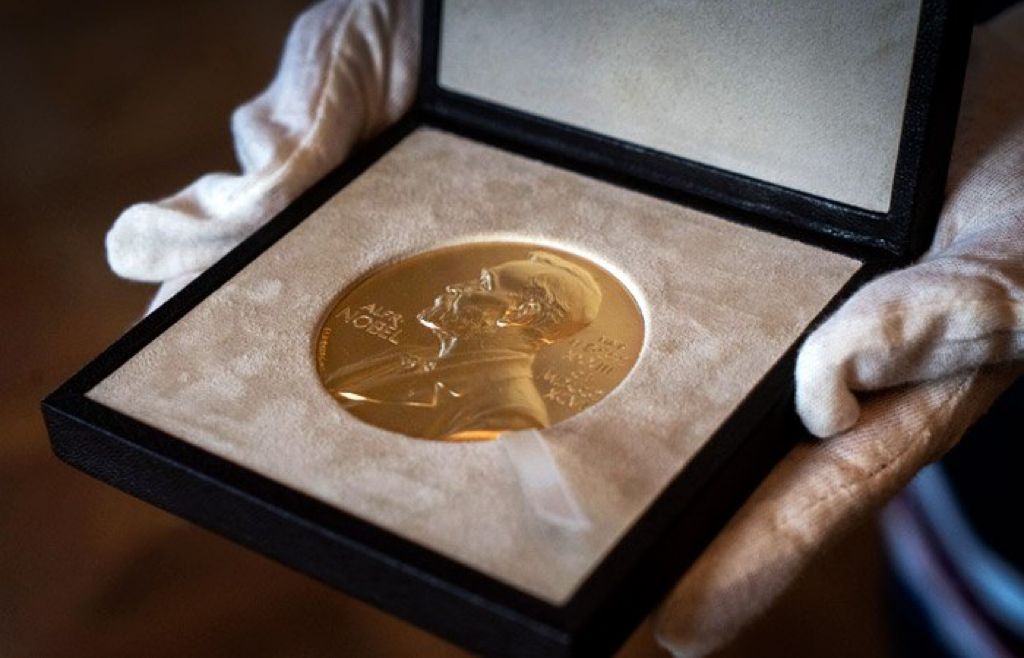Nobel Prize in Medicine awarded for receptor research

“Tactile and temperature receptors are very important. Without them, a rare organism would have survived in extreme environmental conditions. They are present not only in humans, but also in many animals, even invertebrates. Being in the skin of the entire surface of the body and even in the mucous membranes, for example, in the oral cavity, they allow the body to avoid excessively hot, cold and other irritants”, said Igor Kastyro, Ph.D., Senior Lecturer at the Department of Normal Physiology, RUDN University.
RUDN University scientists are also researching receptors. At the Department of Normal Physiology of RUDN Medical Institute, doctors invented a device with which it is possible to determine the body’s sensitivity to heat.
“Heat receptors can also act as pain receptors, since extreme temperatures are perceived by the body as pain. At the Department of Normal Physiology, RUDN University, we have proposed a new version of the thermoesthesiometer — a device for studying temperature sensitivity. It is used to determine the limits of human sensitivity to temperature,” said Igor Kastyro.
The research of RUDN University scientists will help to more accurately determine how acclimatization takes place in conditions far from the usual climate and adaptation to new weather conditions.
“Many foreigners from warm countries study at RUDN University. Arriving in Russia, they find themselves in conditions of a long period of low temperatures. We want to observe how the number of these receptors in them changes over time, how their body adapts to low temperatures,” noted Igor Kastyro.
RUDN summarized the results of the scientific competition "Project Start: work of the science club ". Students of the Faculty of Physics, Mathematics and Natural Sciences have created a project for a managed queuing system using a neural network to redistribute resources between 5G segments. How to increase flexibility, make the network fast and inexpensive and reach more users — tell Gebrial Ibram Esam Zekri ("Fundamental Computer Science and Information Technology", Master's degree, II course) and Ksenia Leontieva ("Applied Mathematics and Computer Science", Master's degree, I course).
The National Demographic Report, 2023 Demographic Well-Being of Russian Regions (hereinafter - the National Demographic Report) was prepared by the scientific team of the Institute of Demographic Studies of the Federal Research Center of the Russian Academy of Sciences, the Vologda Scientific Center of the Russian Academy of Sciences, Peoples' Friendship University of Russia, the Center for Family and Demography of the Academy of Sciences of the Republic of Tatarstan, as well as with the participation of leading scientists from the Republic of Bashkortostan, Stavropol Krai, Volgograd, Ivanovo, Kaliningrad, Nizhny Novgorod, Sverdlovsk Oblasts and Khanty-Mansi Autonomous Okrug–Yugra.
RUDN summarized the results of the scientific competition "Project Start: work of the science club ". Students of the Faculty of Physics, Mathematics and Natural Sciences have created a project for a managed queuing system using a neural network to redistribute resources between 5G segments. How to increase flexibility, make the network fast and inexpensive and reach more users — tell Gebrial Ibram Esam Zekri ("Fundamental Computer Science and Information Technology", Master's degree, II course) and Ksenia Leontieva ("Applied Mathematics and Computer Science", Master's degree, I course).
What is your first association with the word “laboratory”? Flasks and beakers? Microscopes and centrifuges? Yes, many of us would answer the same way.
The National Demographic Report, 2023 Demographic Well-Being of Russian Regions (hereinafter - the National Demographic Report) was prepared by the scientific team of the Institute of Demographic Studies of the Federal Research Center of the Russian Academy of Sciences, the Vologda Scientific Center of the Russian Academy of Sciences, Peoples' Friendship University of Russia, the Center for Family and Demography of the Academy of Sciences of the Republic of Tatarstan, as well as with the participation of leading scientists from the Republic of Bashkortostan, Stavropol Krai, Volgograd, Ivanovo, Kaliningrad, Nizhny Novgorod, Sverdlovsk Oblasts and Khanty-Mansi Autonomous Okrug–Yugra.
.jpg)